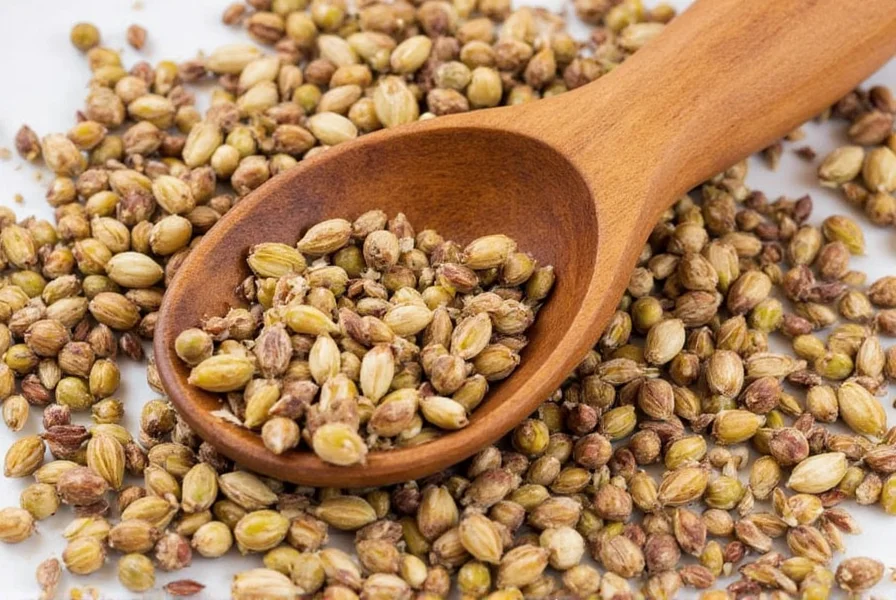Brown cardamom (Amomum subulatum), also known as black cardamom, is a spice native to the Eastern Himalayas, widely used in South Asian and Himalayan cuisines for its distinct earthy, smoky flavor. Unlike green cardamom, it has larger, rougher pods and is essential in dishes like garam masala, curries, and traditional chai.
| Feature | Brown Cardamom | Green Cardamom |
|---|---|---|
| Botanical Name | Amomum subulatum | Elettaria cardamomum |
| Appearance | Larger, rougher pods; dark brown color | Smaller, smooth, light green pods |
| Flavor | Earthy, smoky, slightly bitter with camphor notes | Sweet, floral, citrusy |
| Primary Uses | Meat dishes, stews, chai, garam masala | Desserts, coffee, Middle Eastern dishes |
| Price | Generally more affordable | More expensive due to labor-intensive harvest |
Flavor Profile & Aroma
Brown cardamom delivers a deep, resinous taste with woody, smoky, and slightly medicinal aromas. Its earthy warmth adds complexity to savory dishes without significant heat, making it ideal for slow-cooked recipes.
Essential Culinary Applications
- Garam Masala Blends: A key ingredient in Kashmiri and Bihari spice mixes for meat curries.
- Chai: Used in North Indian and Nepalese spiced tea for grounding, smoky depth.
- Stews and Braises: Enhances slow-cooked meat dishes like lamb or beef stews.
- Rice Dishes: Adds aromatic notes to biryanis and pulao.
How to Buy and Store Brown Cardamom
For optimal freshness, prioritize whole pods over ground powder. Look for plump, uncracked pods with a strong aroma.
| Brand | Features | Best For | Price Range |
|---|---|---|---|
| Mazaar Spices | Organic, ethically sourced from Nepal | Curries, chai, and spice blends | $8–$12 for 50g |
| Spice Garden Co. | High oil content, strong aroma | Meat dishes and hearty soups | $7–$10 for 50g |
| Local Market Pack | Inexpensive but variable quality | Occasional cooking or blending | $3–$5 for 50g |
- Storage: Keep whole pods in an airtight container away from light and moisture for up to 2 years. Ground cardamom loses potency within 3-6 months.
- Freezing: Optional for preserving volatile oils in whole pods.
Effective Substitutes When Out of Stock
- Black Cardamom: Closest match; use whole pods and remove before serving.
- Nutmeg or Cloves: Add warmth for meat dishes (use sparingly).
- Allspice: Works well in spice blends for savory recipes.
FAQ: Expert Answers to Common Questions
Can I eat brown cardamom raw?
Chewing 1-2 seeds can freshen breath or aid digestion, but large quantities may cause irritation. Consult a healthcare provider before using it medicinally.
Does brown cardamom have health benefits?
Traditional medicine uses it for digestive support and respiratory relief. Studies indicate antioxidant properties, but it should complement—not replace—medical treatment. Brew in tea for soothing effects.
How long does brown cardamom last?
Whole pods retain peak flavor for 1-2 years when stored airtight in a cool, dark place. Ground powder loses potency within 3-6 months. Check freshness by crushing a seed—it should release a strong smoky aroma.
What does brown cardamom pair with?
It harmonizes with cinnamon, cloves, cumin, coriander, star anise, and black pepper. In savory dishes, combine with bay leaves and mustard seeds; for sweets, balance with honey or jaggery to offset bitterness.











 浙公网安备
33010002000092号
浙公网安备
33010002000092号 浙B2-20120091-4
浙B2-20120091-4